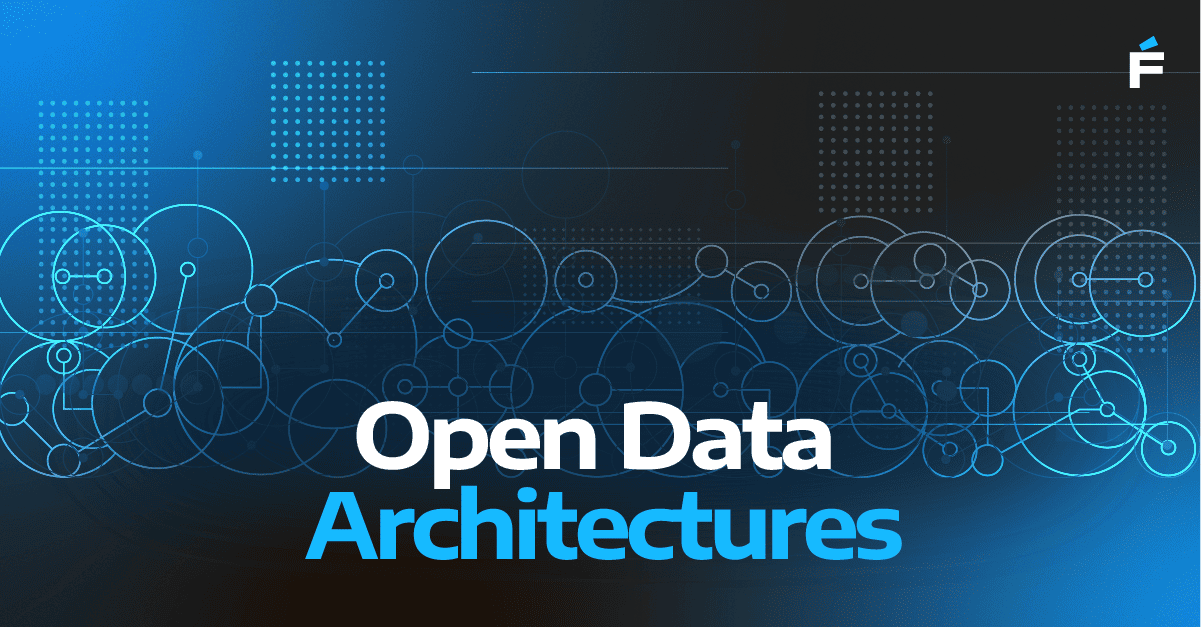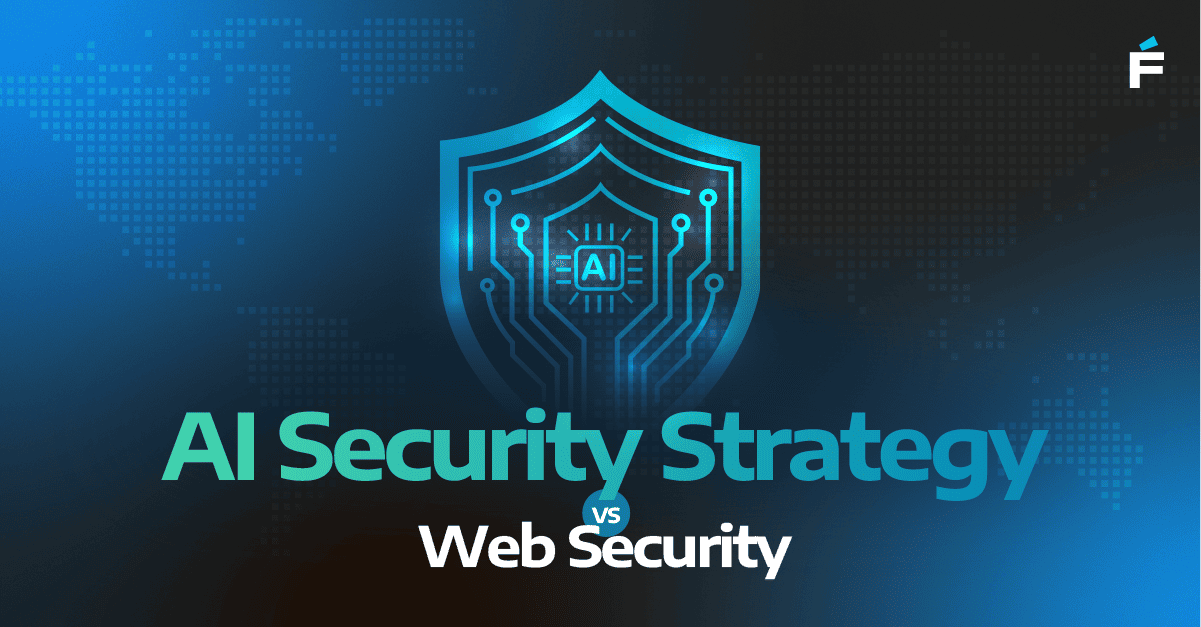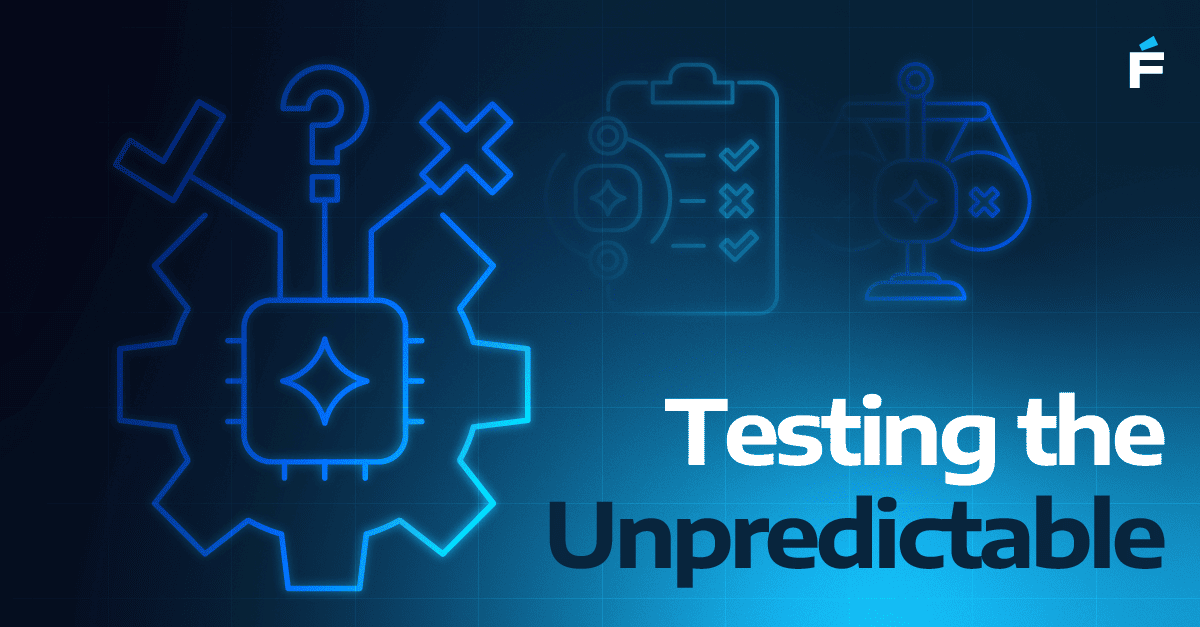Over the past few years, we’ve heard plenty of speculation about the impact of AI on software development, but hard data has been scarce. A recent study by researchers at Anthropic, analyzing millions of real-world AI interactions, finally provides a data-driven perspective on how AI is transforming engineering teams. The results are highly relevant for software leaders.
At Forte Group, we’ve been at the forefront of AI-assisted coding practices, and this research confirms that we are entering a new era in how software is designed, written, and maintained. Let’s explore key insights from the study and what they mean for the future of AI-powered development workflows.
1. AI Usage is Dominated by Software Development and Writing Tasks
One of the most striking findings in the study is that AI in software development accounts for 37.2% of all AI usage, making it the most AI-integrated profession today. Writing-related tasks, ranging from documentation to marketing content, follow closely behind.
This confirms that AI coding tools are rapidly becoming indispensable for software developers. From AI-assisted pair programming to debugging and test automation, AI coding assistants are already embedded in daily workflows, making engineers significantly more productive.
What This Means for Engineering Teams:
- AI is no longer optional, it’s a force multiplier for developers.
- Organizations must standardize AI-assisted coding practices to ensure consistency and maintainability.
- Engineers should focus on problem-solving and architecture, while AI automates repetitive coding tasks.
2. AI is More of an Augmenter than an Automator (For Now)
The study found that AI-augmented software engineering accounts for 57% of AI usage (i.e., where AI helps humans refine, iterate, and improve their work), while 43% is fully automated, meaning AI completes tasks with minimal human involvement.
This reinforces the idea that AI is not replacing developers, but enhancing productivity. Whether debugging, optimizing queries, or suggesting design patterns, AI acts as a collaborative partner rather than a substitute for human expertise.
Advice for Software Leaders:
- Focus on AI-human collaboration models, where developers oversee and refine AI-generated code.
- Invest in training developers to work effectively with AI, rather than resisting its adoption.
- Keep an eye on the 43% automation figure since it’s only going to grow as AI-driven software optimization improves.
3. High-Skill, Mid-to-Upper Wage Jobs Are Seeing the Most AI Adoption
AI usage peaks in mid-to-high wage occupations, particularly in roles requiring structured, analytical skills. Software developers, data scientists, and technical writers are the biggest beneficiaries of AI automation in engineering teams.
The study found that AI adoption drops at both extremes of the wage spectrum, meaning lower-wage jobs and ultra-high-wage professions (e.g., surgeons and lawyers) are integrating AI at a slower pace.
Why This Matters for the Software Industry:
- Companies hiring junior developers should implement AI-assisted training models, where AI aids in onboarding and skill development.
- Senior engineers will increasingly act as AI supervisors, reviewing, validating, and refining AI-generated solutions.
- Organizations should expect rising productivity from AI-augmented software engineering teams and plan hiring strategies accordingly.
4. The Next 3-5 Years Will Be About Task-Level Automation, Not Full Job Replacement
Currently, only 4% of organizations use AI for 75% or more of their tasks, meaning deep AI integration remains the exception. However, 36% of organizations already use AI for at least 25% of their tasks, proving that AI in software development trends is accelerating.
For software teams, this suggests that we’re entering an era of gradual AI adoption, rather than sudden AI-driven disruption. While AI will increasingly handle coding, testing, and optimization, developers will remain in the loop for high-level decision-making, system architecture, and integration.
How CTOs Should Prepare:
- Automate repetitive development tasks to free up engineers for higher-value work.
- Introduce AI-assisted pair programming to accelerate development cycles.
- Experiment with AI for debugging and testing, which is showing strong early adoption in the industry.
What’s Next for AI in Software Development?
This study provides compelling evidence that AI automation in tech jobs is already reshaping software engineering, and the trend is only accelerating. As a CTO, my key takeaways are:
- AI is an amplifier for developers, not a replacement. Teams that embrace AI will ship faster, write better code, and solve more complex problems.
- AI will handle more coding over time, shifting human developers toward design, validation, and orchestration.
- CTOs and engineering leaders need a clear AI-powered development workflow strategy—not just for productivity gains, but to attract and retain top talent who want to work with cutting-edge tools.
We’re at a tipping point where AI in software development is not just an experimental tool but a fundamental part of modern engineering. Companies that integrate AI early will outpace their competition and build stronger, more adaptive teams ready for the future of software development.
Download Our "AI Multiplier" White Paper
Our team just published a new white paper, "AI Multiplier: Measuring AI-Driven Organizational Productivity." The AI Multiplier is a new metric we conceived. It provides a systematic approach to measuring AI's transformative potential across different organizational domains.
It serves as a measure of organizational AI maturity and helps determine which areas of an organization best benefit from AI. Some domains involve tasks requiring significant ambiguity or uncertainty, making them difficult for AI to handle. Others involve more black-and-white decisions and outcomes, where AI can drive significant productivity improvements.
The AI Multiplier helps organizations identify the best use cases for AI adoption and track its impact over time. For more details, download the “AI Multiplier: Measuring AI-Driven Organizational Productivity” white paper today.




